Recent data on Iran’s industrial and mining sectors highlight serious structural challenges regarding energy efficiency. Three separate reports published by the Islamic Consultative Assembly Research Center provide an in-depth evaluation of the current situation, focusing on high energy consumption in the steel industry, inefficiencies in the natural gas value chain, and declining industrial production indices.
High energy use of DRI method and limited blast furnace capacity
According to the steel industry-focused report, approximately 90% of Iran’s steel production is based on the natural gas-dependent Direct Reduced Iron (DRI) method. Compared to the more globally widespread blast furnace process, this results in four times higher energy consumption. While this model has been sustained for years due to the country’s abundant gas reserves, it is increasingly deemed unsustainable amid rising gas demand and a growing national gas deficit.
Currently, Esfahan Steel and Zarand Iranian Steel Company are the only two active facilities in the country utilizing the blast furnace method. The lack of such operations is considered one of the key reasons behind the high energy intensity in production.
According to 2023 data, natural gas consumption by steel plants has reached 10 billion cubic meters, while the national gas deficit stands at 45 billion cubic meters. With expected growth in sponge iron production capacity, this consumption is projected to reach 23 billion cubic meters by 2031.
Gas policy challenges and industrial efficiency issues
In addition to the growing gas deficit, the financial structure of Iran’s natural gas value chain has come under criticism. The Research Center’s report on the gas sector points to a lack of transparency throughout the production-to-consumption cycle, inefficient subsidy distribution, and insufficient investment incentives. The provision of subsidies at the beginning of the value chain is said to weaken producer motivation and encourage wasteful energy consumption on the demand side.
A third report, based on data from May 2025, indicates significant volatility in industrial production and sales indices. The industrial production index fell by 9% compared to the same month last year, while sales decreased by 8%. These declines are attributed primarily to supply restrictions stemming from systemic inefficiencies. The “basic metals” sub-sector — which includes steel — is identified as one of the main contributors to the overall decline.
Assessment and future outlook
The reports underline that the current production structure of Iran’s steel industry is unsustainable both in terms of energy efficiency and resource management. Proposed alternatives include coal-based reduction gas production, natural gas storage systems, development of small-scale gas fields, and even potential gas imports.
According to Iranian authorities, overcoming these structural issues requires aligning production technologies with global standards and restructuring energy subsidies toward a more targeted, efficiency-oriented system. Without such reforms, the continuation of the current model may pose serious challenges for the country’s energy balance and industrial competitiveness.


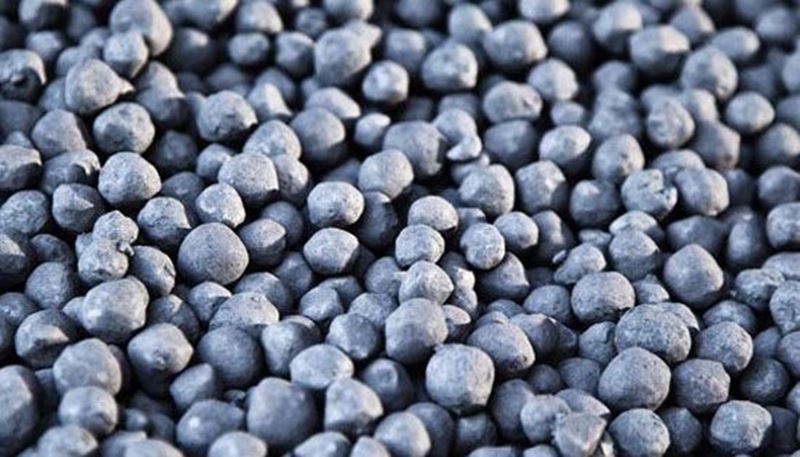
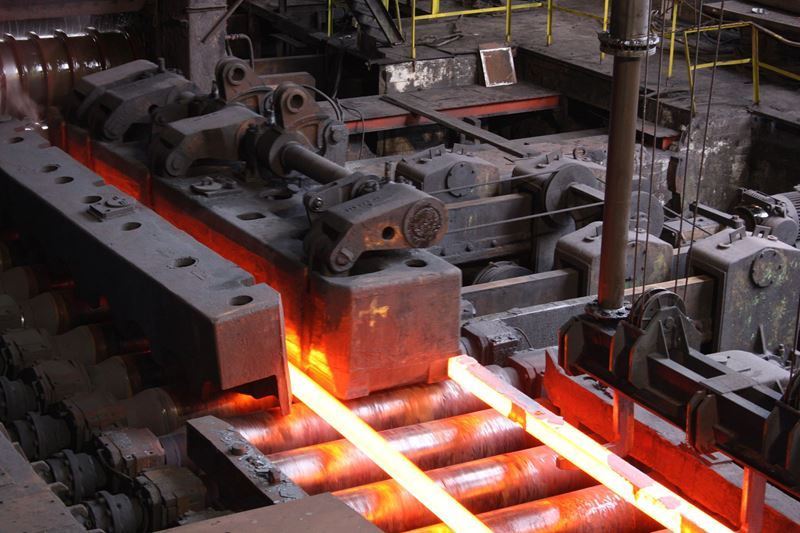
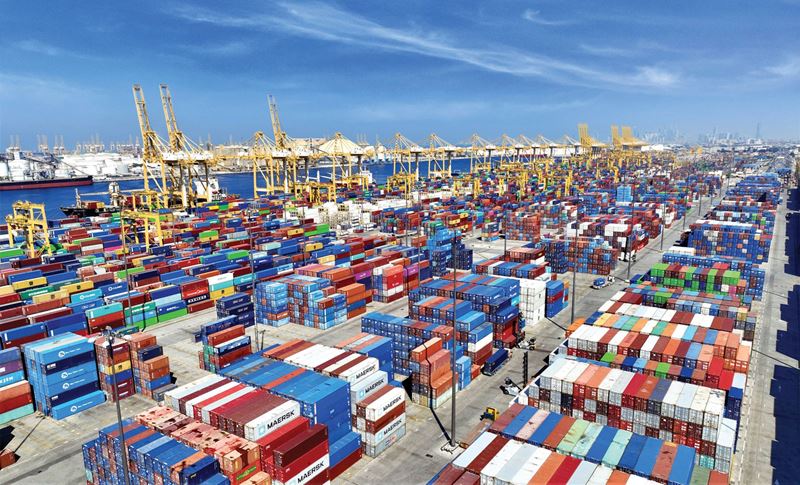
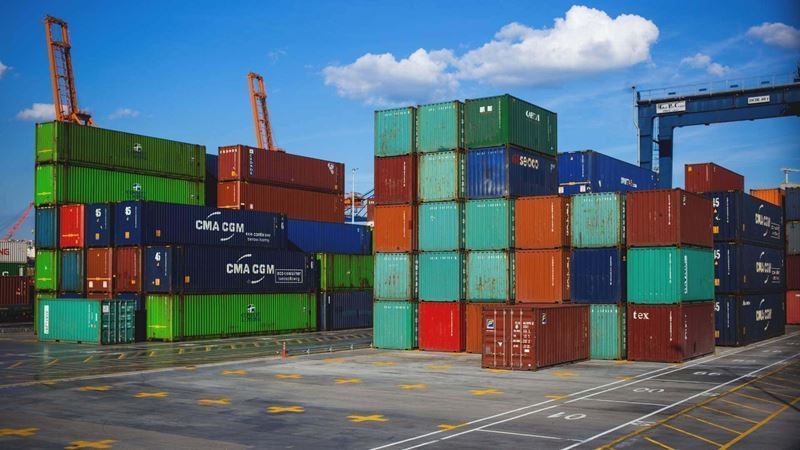
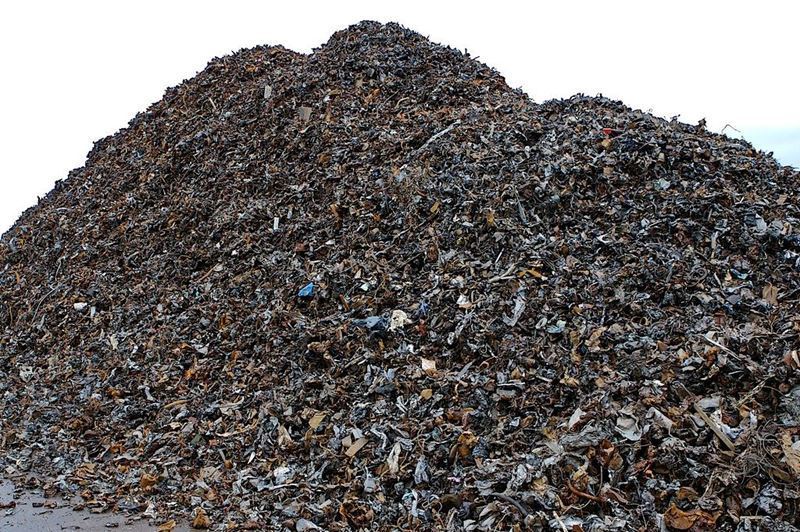
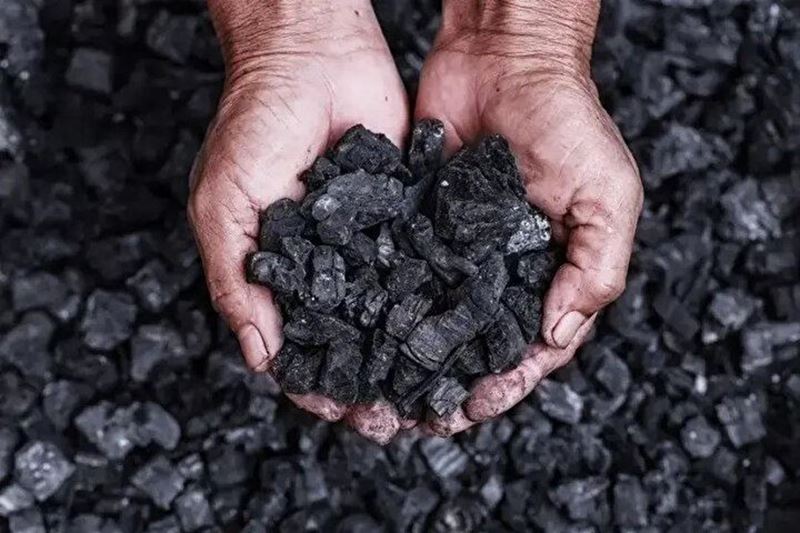

Comments
No comment yet.